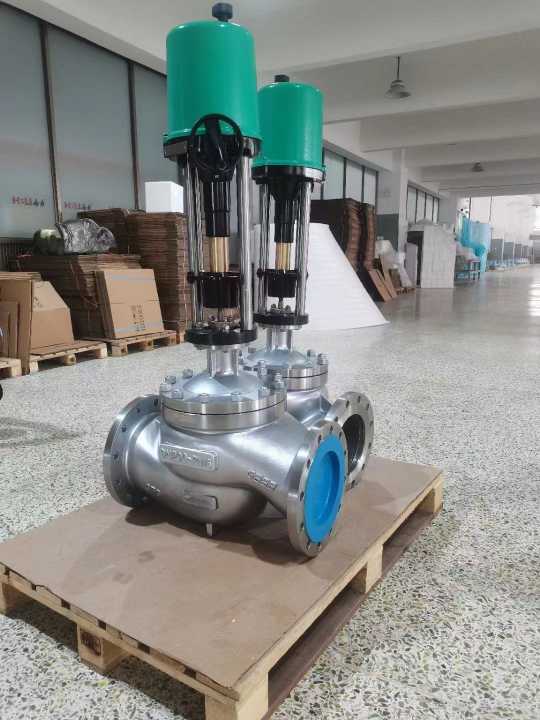understanding hydrogen energy electric single seat regulating valve: a vital component in the future of clean energy
Release time:2025-10-19 01:16:21
The global transition to renewable and clean energy sources has gained significant momentum over the past few decades. Among the many promising technologies, hydrogen energy has emerged as one of the most promising solutions for a sustainable future. As hydrogen-powered vehicles, fuel cells, and energy storage systems become more prevalent, the need for specialized components to regulate hydrogen flow becomes increasingly important. One such crucial component is the Hydrogen Energy Electric Single Seat Regulating Valve. This article explores the role, features, and applications of these valves, focusing on how they contribute to the efficient and safe operation of hydrogen systems.

What is a Hydrogen Energy Electric Single Seat Regulating Valve?
A hydrogen energy electric single-seat regulating valve is a device designed to precisely control the flow of hydrogen gas in various systems. These valves are integral to the safe and efficient operation of hydrogen energy systems, ensuring that the right amount of hydrogen is delivered to fuel cells, storage tanks, or other components. The term "single-seat" refers to the valve's internal design, which uses a single sealing surface to control the flow, making it compact and efficient.
The electric actuation mechanism allows for remote or automated control, providing high precision and ease of integration with control systems. This makes the valve a key element in hydrogen infrastructure, where accurate control over the flow of gas is crucial for maintaining system stability and preventing dangerous fluctuations in pressure or temperature.

